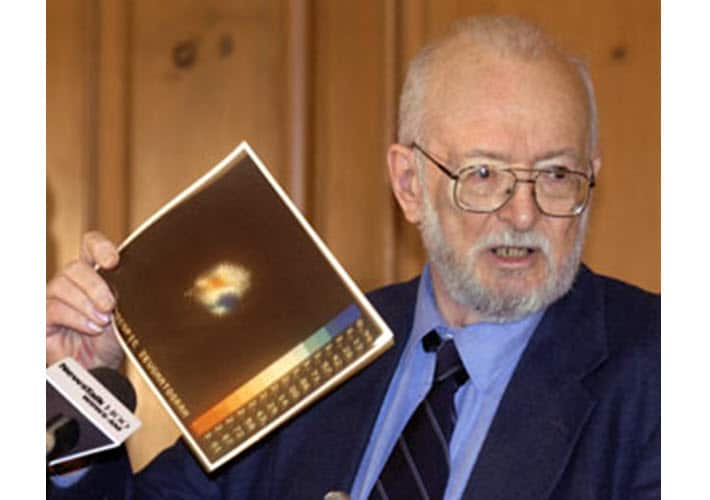Paul Lauterbur: Pioneering the Path to Medical Marvels with Magnetic Resonance Imaging

Paul Lauterbur (6 May 1929 – 27 March 2007) was an American chemist who won the Nobel Prize in Physiology or Medicine in 2003 for his work in developing magnetic resonance imaging (MRI) technology.
Life and Career
He was born on 6 May 1929, in Sidney, Ohio, USA. He grew up in rural Ohio and attended the University of Akron, where he earned a Bachelor of Science degree in chemistry in 1951. He then went on to earn a Master of Science degree in chemistry from the University of Pittsburgh in 1952 and a Ph.D. in chemistry from the University of Pittsburgh in 1962.
After earning his Ph.D., he worked as a postdoctoral researcher at Columbia University in New York City. He then worked as a research chemist for the Dow Chemical Company in Michigan from 1963 to 1985, where he conducted research on nuclear magnetic resonance (NMR) spectroscopy. In the late 1960s, Lauterbur became interested in using NMR to create images of the human body.
In 1971, Lauterbur became a professor of chemistry at the State University of New York at Stony Brook (now known as Stony Brook University) on Long Island, New York. There, he continued his work on NMR imaging and developed the idea of using magnetic gradients to create a two-dimensional image of an object. In 1973, he published his landmark paper, “Image Formation by Induced Local Interactions: Examples Employing Nuclear Magnetic Resonance,” in the journal Nature, which laid the foundation for modern MRI technology.
He died on 27 March 2007, in Urbana, Illinois, USA.
Award and Legacy
He won the Nobel Prize in Physiology or Medicine in 2003 for his work in developing magnetic resonance imaging (MRI) technology.
In addition to the Nobel Prize, Lauterbur received many other honors and awards during his lifetime, including the National Medal of Science in 1987, the Gold Medal of the International Society for Magnetic Resonance in Medicine in 1996, and the Franklin Medal in Chemistry in 2004.
His contributions to MRI technology have had a profound impact on the field of medicine and have revolutionized medical diagnosis and treatment. Today, MRI is used in hospitals and clinics around the world to diagnose a wide range of diseases and conditions, from cancer to heart disease to neurological disorders. Lauterbur’s legacy continues to inspire new advances in MRI technology, as well as in other areas of science and engineering.
Observer Voice is the one stop site for National, International news, Sports, Editor’s Choice, Art/culture contents, Quotes and much more. We also cover historical contents. Historical contents includes World History, Indian History, and what happened today. The website also covers Entertainment across the India and World.

